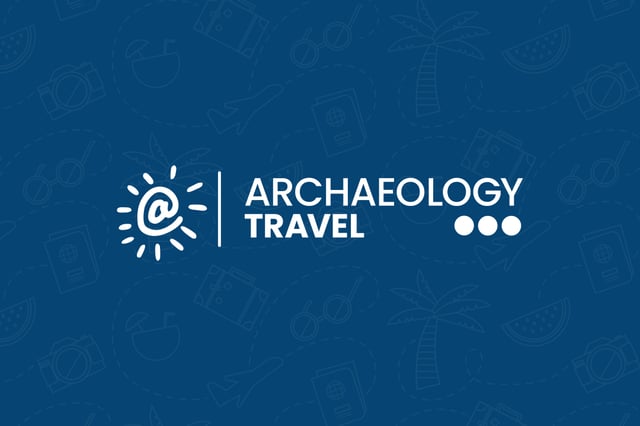Ontario
Art, History & Archaeology Sites & Museums
Archaeology & History Sites in Ontario
Backus Heritage and Conservation Area
The Backus Mill Heritage and Conservation Centre helps to preserve the heritage and natural beauty of this part of Norfolk County. Within the broader conservation area is the Backhouse Mill, a timber structure built in the 1790s that is a recognised National Historic Site. The centre also includes the heritage village, an open-air museum showcasing a dozen historic buildings from the 19th or early 20th centuries. At special events, visitors can see re-enactors engaging in traditional crafts and sometimes even take part in a recreated battle from the War of 1812.

Fort George
Established in the 1790s, Fort George at Niagara-on-the-Lake originally served as a base for British and Canadian troops close to the border with the newly formed United States. During the War of 1812, in which the two countries clashed, the U.S. Army attacked Fort George on multiple occasions, even occupying it for several months in 1813. The war resulted in significant destruction at Fort George, although much was reconstructed in the 1930s. As well as a range of surviving earthworks and palisades, the fort contains an original stone powder magazine.

Museums & Art Galleries in Ontario
1000 Islands History Museum
Opened in 1995 and formerly known as the Arthur Child Heritage Museum, the 1000 Islands History Museum explores the eponymous 1000 Islands region, with a particular focus on the history of the town of Gananoque. Displays outline the geology and the ecology of the area, the culture of local First Nations communities, and the history of the European settlement and the subsequent War of 1812. Temporary exhibits supplement the main collection, special events take place throughout the year, and researchers interested in the history of this area can arrange to explore the archive.

Amherstburg Freedom Museum
Established in 1975 and formerly known as the North American Black Historical Museum, the Amherstburg Freedom Museum focuses attention on the culture and heritage of the African Canadian community. Much of its focus is on those African Americans who fled enslavement in the southern United States and made it to Canada via the Underground Railroad, where many settled in Amherstburg. Two of the 19th-century buildings preserved at the museum, the Taylor Log Cabin and Nazrey African Methodist Episcopal Church, have longstanding associations with the local African Canadian population.

Anderson Farm Museum
Covering 14 acres of land, the Anderson Farm Museum at Liveby occupies an old family farm that, in the 1920s and 1930s, housed one of the largest dairies within the Sudbury area. As well as preserving and showcasing the farm’s historic buildings, the museum is also home to a vegetable garden reflecting the produce once grown at the farm. Many of the displays focus on the Anderson family, Finnish immigrants who made their home in Ontario, but also include other historical artefacts collected from the local area.

Canadian War Museum
Serving as both a history museum and a place of memorial, the Canadian War Museum focuses on Canada’s military history. Permanent exhibits explore Canada’s involvement in such major conflicts as the Seven Years’ War, the Boer War, the First and Second World War as well as the Cold War. The ‘Early Wars in Canada’ gallery covers First Nations/colonial conflict. The Memorial Hall is free of charge, however there is an entry charge for the other galleries. Both permanent and temporary exhibits draw on collections of some 500,000 items. These range from personal items such as medals to military vehicles and aircraft. Of particular note is the collection of War, which is made up of 13,000 pieces.

Royal Ontario Museum
Founded in 1912, the Royal Ontario Museum is Canada’s largest museum, with over six million objects in its collection. Spread across 40 galleries, its displays cover not only natural history but also humanity’s cultural heritage, delving into material from East Asia, Africa, and from the Classical world, as well as from Canada itself. One of these galleries, created in consultation with First Nations communities, tells the story of Canada’s past from prehistory onward, exploring the complicated relationships between Indigenous and European Canadian peoples from first contact through to the present.







